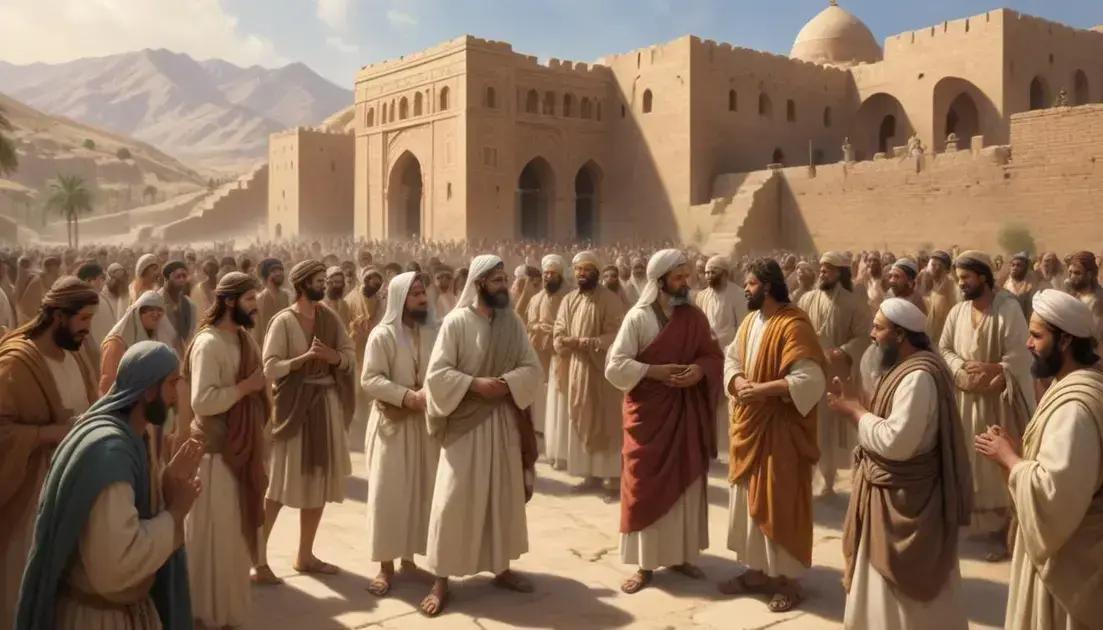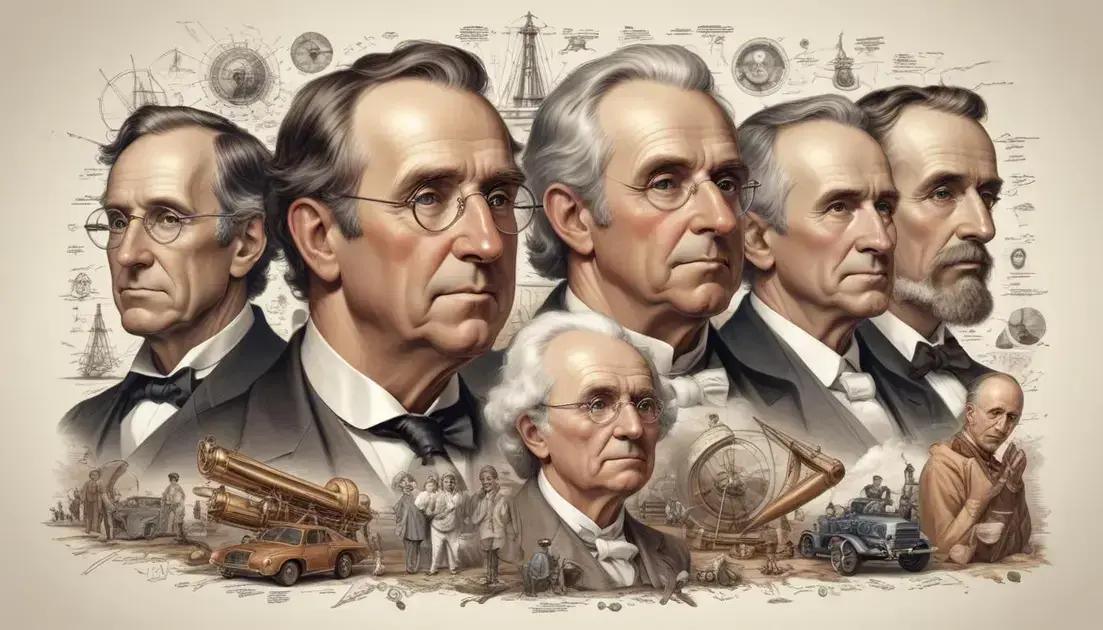
Christians Beyond Rome: Evangelization in Persia and India
The spread of Christianity was deeply influenced by cultural interactions and adaptations, allowing it to thrive across diverse regions. Early Christians embraced local customs and languages, making their faith more relatable to various communities. This blending of traditions not only enriched local cultures but also helped Christianity establish vibrant communities, demonstrating the power of connection and shared values in shaping belief systems around the world.
Christianity has intriguing roots that extend beyond the boundaries of Rome, reaching deep into Persia and India. Let’s explore how these ancient communities thrived!
Introduction to early Christian communities in Persia and India
Christianity reached Persia and India as early as the 2nd century. These early communities played a key role in spreading the faith beyond Rome. They established churches and shared their beliefs with local populations.
Community Life
Life in these early Christian communities was centered around worship and fellowship. They gathered regularly for prayer and celebrations. These gatherings helped strengthen their faith and create strong bonds.
Believers often faced challenges. They dealt with cultural differences and sometimes faced persecution. Despite these hardships, their commitment to spreading Christianity remained strong.
Missionary Efforts
Missionaries traveled to Persia and India to share the message of Christianity. They adapted their teachings to connect better with local cultures. This approach made it easier for people to understand and accept the faith.
These communities became hubs for learning and sharing knowledge. They translated religious texts and engaged in discussions about their beliefs. This exchange of ideas enriched both Christian and local traditions.
Through their efforts, Christianity grew in these regions. The early Christians in Persia and India set a foundation for future generations of believers.
Historical context of Christianity’s spread
The spread of Christianity started in the Roman Empire. It began with Jesus and his early followers. They spread messages of love and hope.
The Role of Apostles
Key figures like Peter and Paul traveled far and wide. They established new communities in different regions. Their journeys helped plant the seeds of faith in many cultures.
As Christianity grew, it faced challenges. Many people resisted the new beliefs. They saw it as a threat to traditional practices. Yet, this only fueled the passion of early Christians.
Geographical Expansion
Christianity spread to Asia, Africa, and Europe. Each region adopted unique practices and traditions. This made the faith diverse yet united in purpose.
Trade routes helped connect communities. As merchants traveled, they shared ideas. This exchange allowed Christianity to flourish in distant lands.
Cultural Influences
Local cultures shaped how people practiced their faith. Early Christians often merged local customs with their beliefs. This helped make Christianity acceptable and relatable to various groups.
Over time, Christianity became the official religion of the Roman Empire. This marked a significant milestone in its history. It set the stage for further growth and influence around the world.
The role of evangelization
Evangelization played a key role in spreading Christianity. It involved sharing beliefs through preaching and personal stories. Early Christians felt a strong call to tell others about their faith.
Missionaries in Action
Missionaries traveled far and wide to reach new communities. They often started in familiar places, like their hometowns. Over time, they ventured into foreign lands to spread the message of hope.
These individuals faced many challenges. Some encountered language barriers, while others faced hostility. Yet, their determination helped them overcome obstacles.
Methods of Evangelization
Early Christians used various methods to evangelize. They shared messages in public spaces, often using stories and parables. This made their teachings relatable and engaging.
Personal connections were also important. Building relationships with locals helped to create trust. Through genuine interactions, more people became interested in Christianity.
Impact of Evangelization
The impact of evangelization was profound. It led to the formation of vibrant faith communities. These communities not only practiced their beliefs but also shared them.
As Christianity took root, it began to influence local cultures. New traditions blended in with existing ones, enriching both Christianity and local practices.
Overall, evangelization was crucial in shaping the history of Christianity. It transformed communities and opened doors for future generations of believers.
Impact of Christianity beyond Roman territories
The impact of Christianity spread far beyond Roman lands. It influenced cultures, traditions, and beliefs around the world. Early Christians shared their faith with diverse groups of people.
Cultural Exchange
As Christianity spread, it met various local customs. This led to a rich blend of ideas. Many regions adopted Christian beliefs while keeping some of their traditions.
Through trade, travelers brought new ideas between cultures. These interactions helped Christianity grow in unique ways. Local traditions shaped how people practiced their faith.
Formation of New Communities
Christianity created vibrant communities everywhere it spread. These communities were centers of learning and support. They welcomed people from different backgrounds and encouraged unity.
Places like Persia and India formed their own Christian practices. They mixed local languages and traditions with Christian teachings. This made the religion more relatable in different cultures.
Influence on Society
Christian values shaped societal norms and ethics in many areas. Ideas like charity, care for the poor, and community service became common. These values helped change attitudes and improve lives.
Art and literature also thrived under Christian influence. Many famous works reflect Christian themes and stories. This artistic expression spread the faith even further.
Overall, the reach of Christianity significantly shaped history. It left a lasting mark on cultures well beyond the Roman Empire.
Cultural interactions and adaptations
Cultural interactions and adaptations were key to the spread of Christianity. As Christian teachings reached new lands, they often met local traditions. This created a unique blend of beliefs and practices.
Embracing Local Customs
Early Christians learned to connect their faith with local customs. They incorporated familiar practices into worship. This made Christianity more relatable and appealing to new followers.
For example, festivals were adapted to honor Christian events. Local music and art styles influenced how people expressed their faith. This helped Christianity fit into various cultures smoothly.
Language and Communication
Language played a big role in cultural adaptation. Early missionaries spoke local languages to reach people better. They translated the Bible into these languages so that everyone could read it.
Using local dialects allowed missionaries to connect more deeply with communities. This approach helped further the growth of Christianity in diverse regions.
Shared Values and Exchange
Cultural interactions also involved sharing values. Many Christian teachings aligned with local customs about kindness and community. This common ground made it easier to build trust and friendships.
These interactions led to a richer cultural experience. Both Christianity and local traditions learned from each other. This cross-pollination helped both thrive.
Overall, cultural interactions strengthened Christianity’s presence. It became a part of many societies, thanks to these adaptations and mutual influences.
Conclusion
In conclusion, the spread of Christianity across different cultures was greatly influenced by cultural interactions and adaptations. By embracing local customs and languages, early Christians made their faith more relatable and engaging. This approach not only helped Christianity grow but also enriched local traditions.
As communities blended their beliefs and practices, a unique cultural tapestry emerged. It showed how faith can unite people, even when they come from different backgrounds. This process of sharing and adapting helped Christianity take root in many regions.
Ultimately, these cultural exchanges highlight the importance of understanding and respecting diverse traditions. The lasting influence of Christianity demonstrates that when we connect with others, we can create something beautiful and meaningful together.


